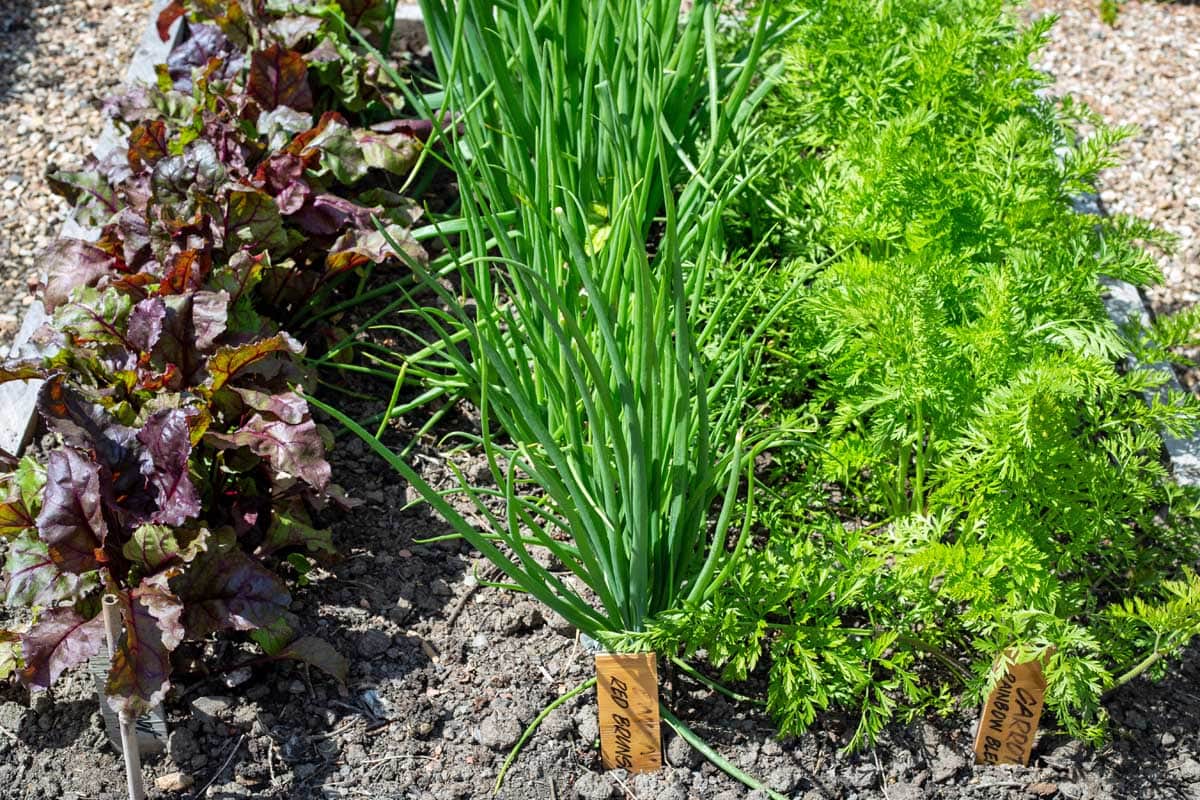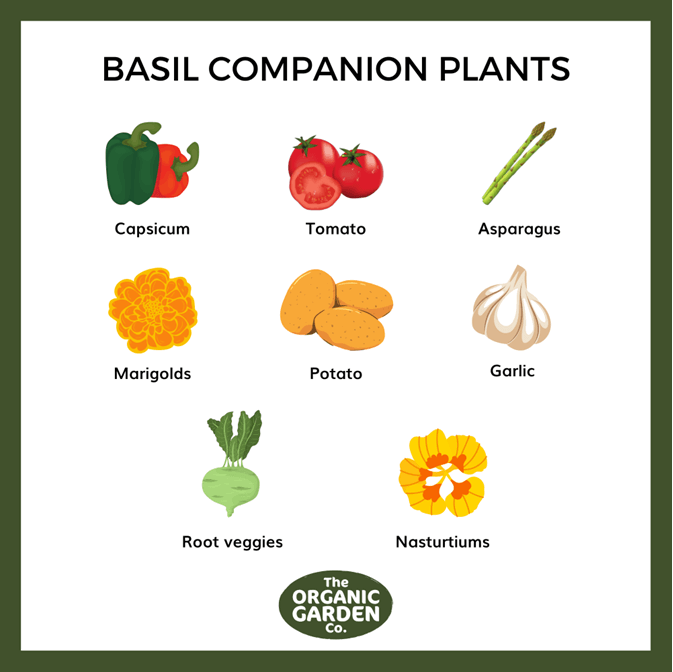The Ultimate Guide To Burpee Companion Planting
The Ultimate Guide to Burpee Companion Planting
Companion planting is a gardening technique that involves planting certain plants together to benefit each other. By planting compatible plants together, you can improve their growth, flavor, and pest resistance.
In this guide, we will discuss the basics of companion planting, as well as some of the most beneficial plant pairings. We will also provide a comprehensive companion planting chart that you can use to plan your garden.
What is Companion Planting?
Companion planting is based on the idea that plants can interact with each other in beneficial ways. Some plants release chemicals that attract beneficial insects, while others deter pests. Some plants even provide nutrients to their neighbors.
By planting compatible plants together, you can create a more balanced and productive garden. You can also reduce your reliance on pesticides and herbicides.
How to Choose Companion Plants
When choosing companion plants, there are a few things to keep in mind. First, you need to consider the needs of the individual plants. Some plants prefer full sun, while others prefer shade. Some plants need a lot of water, while others are more drought-tolerant.
Once you know the needs of your plants, you can start to think about which plants would benefit each other. Some good resources for finding compatible plant pairings include:
- The Burpee Companion Planting Chart
- The Old Farmer's Almanac
- The Gardener's Companion
Benefits of Companion Planting
There are many benefits to companion planting. Some of the most important benefits include:
- Improved growth: Companion plants can help each other grow by providing nutrients, shade, or support.
- Enhanced flavor: Some companion plants can actually enhance the flavor of their neighbors.
- Pest and disease resistance: Companion plants can help to deter pests and diseases.
- Reduced need for pesticides and herbicides: By planting compatible plants together, you can reduce your reliance on harmful chemicals.
- Increased biodiversity: Companion planting can help to increase the biodiversity of your garden. This can attract beneficial insects and pollinators, which can further benefit your plants.
Companion Planting Charts
There are many different companion planting charts available. These charts can be a great way to find compatible plant pairings.
When using a companion planting chart, it is important to keep in mind the specific needs of your plants. Some plants may not be compatible with each other, even if they are listed on the same chart.
Conclusion
Companion planting is a great way to improve the health, productivity, and flavor of your garden. By planting compatible plants together, you can create a more balanced and sustainable garden.
If you are new to companion planting, I recommend starting with a few simple pairings. You can also find many resources online and in gardening books to help you get started.
With a little planning, you can create a beautiful and productive garden that is full of healthy, delicious food.
Burpee Companion Planting
Are you looking for ways to improve your garden's productivity and health? If so, you should consider companion planting. Companion planting is a gardening technique that involves planting certain types of plants together to benefit each other. For example, some plants attract beneficial insects, while others help to repel pests.
Burpee is a leading gardening company that offers a wealth of information on companion planting. Their website has a comprehensive companion planting chart that lists which plants are compatible with each other. You can also find articles and videos on companion planting that explain the benefits of this gardening technique in more detail.
If you're interested in learning more about burpee companion planting, I encourage you to visit their website. Gardenia Inspiration
FAQ of burpee companion planting
1. What is Burpee companion planting?
Burpee companion planting is a gardening technique that involves planting certain crops together to benefit each other. Some plants attract beneficial insects, while others deter pests. Some plants help to improve the soil, while others provide shade or support. By planting the right plants together, you can create a more productive and pest-resistant garden.
2. What are some of the benefits of Burpee companion planting?
There are many benefits to Burpee companion planting, including:
- Increased yields: Companion plants can help to attract pollinators, which can lead to increased yields.
- Reduced pest problems: Companion plants can help to deter pests, which can help to keep your plants healthy and productive.
- Improved soil health: Companion plants can help to improve the soil by adding nutrients, breaking down organic matter, and suppressing weeds.
- Enhanced biodiversity: Companion planting can help to attract beneficial insects and other wildlife to your garden.
3. What are some of the most common companion plants?
Some of the most common companion plants include:
- Carrots and onions: Carrots and onions benefit each other by repelling each other's pests.
- Beans and corn: Beans and corn benefit each other by fixing nitrogen in the soil, which corn needs, and providing shade for beans.
- Sunflowers and tomatoes: Sunflowers and tomatoes benefit each other by attracting pollinators to both plants.
- Marigolds and roses: Marigolds and roses benefit each other by repelling pests from both plants.
- Basil and tomatoes: Basil and tomatoes benefit each other by deterring pests from tomatoes and improving the flavor of tomatoes.
4. How do I choose companion plants?
When choosing companion plants, there are a few things to keep in mind:
- The plants' needs: Make sure that the companion plants have similar needs in terms of sunlight, water, and soil.
- The plants' pests: Choose companion plants that will help to deter each other's pests.
- The plants' flavors: If you're growing vegetables, choose companion plants that will enhance the flavor of each other.
5. Where can I find more information about Burpee companion planting?
There are many resources available to learn more about Burpee companion planting, including:
- The Burpee website: The Burpee website has a comprehensive section on companion planting, including a list of recommended companion plants.
- The Rodale Institute: The Rodale Institute is a leading organic gardening organization that has a wealth of information on companion planting.
- The University of California, Davis: The University of California, Davis has a publication on companion planting that is available online.
Image of burpee companion planting
- Image 1: A garden bed with tomatoes, basil, and nasturtiums. The caption reads "Tomatoes, basil, and nasturtiums are classic companion plants. Basil helps to deter pests from tomatoes, while nasturtiums attract beneficial insects. The different heights and colors of the plants also make for a visually appealing garden bed."
- Image 2: A garden bed with carrots, onions, and lettuce. The caption reads "Carrots, onions, and lettuce are all good companions for each other. Carrots help to improve the soil structure, onions repel pests, and lettuce provides shade for the carrots. This combination of plants makes for a healthy and productive garden bed."

- Image 3: A garden bed with beans, corn, and squash. The caption reads "Beans, corn, and squash are known as the "Three Sisters" and have been companion planted together for centuries by Native Americans. The beans provide nitrogen for the corn, the corn provides support for the beans, and the squash shades the ground to help keep it moist. This combination of plants is a great way to create a productive and sustainable garden."
- Image 4: A garden bed with herbs and flowers. The caption reads "Herbs and flowers can be great companion plants for each other. Herbs can help to deter pests, attract beneficial insects, and improve the flavor of vegetables. Flowers can also help to attract beneficial insects and add beauty to the garden. This combination of plants is a great way to create a healthy and attractive garden."

- Image 5: A garden bed with a variety of vegetables. The caption reads "There are many different vegetables that can be companion planted together. Some good combinations include tomatoes and basil, carrots and onions, and beans and corn. By companion planting, you can help to create a healthy and productive garden that is also attractive to look at."

Post a Comment for "The Ultimate Guide To Burpee Companion Planting"